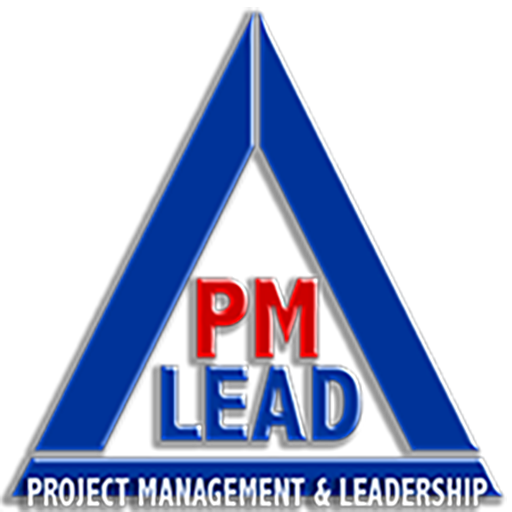Agile is a mindset, way of thinking and acting, it is not a methodology or framework by itself. Agile is a concept relays under it different methodologies, frameworks, and toolkits. Agile as a concept is not new but it but the huge demand on this concept is due to the new era we live in as everything is change rapidly and the respond to changes requires specific skills and. Being agile is not easy , it requires a lot of dedication and.
Below are some of the most methodologies and frameworks that relays under Agile
SCRUM
Scrum is an iterative and incremental agile software development methodology for managing software projects and product or application development. Its focus is on “a flexible, holistic product development strategy where a development team works as a unit to reach a common objective ” as opposed to a “traditional, sequential approach”.
Scrum enables the creation of self-organizing teams by encouraging co-location of all team members, and verbal communication between all team members and disciplines in the project. A key principle of Scrum is its recognition that during a project the customers can change their minds about what they want and need (often called requirements churn), and that unpredicted challenges cannot be easily addressed in a traditional predictive or planned manner.
Alike, Scrum adopts an empirical approach – accepting that the problem cannot be totally understood or defined, focusing instead on maximizing the team’s ability to deliver quickly and respond to emerging requirements
Check out the official https://www.scrum.org form more information
KANBAN
Kanban (means billboard in Japanese ) is a scheduling system for lean and just-in-time (JIT) production. Kanban is a system to control the logistical chain from a production point of view, and is not an inventory control system. Kanban is one method through which JIT is achieved. Kanban became an effective tool in support of running a production system as a whole, and it proved to be an excellent way for promoting improvement. Check out the agilealliance website https://kanbanize.com/kanban-resources/getting-started/what-is-kanban to learn more
EXTREM PROGRAMMING (XP)
Extreme Programming (XP) is a software development framework which is intended to improve software quality and responsiveness to changing customer requirements. XP advocates frequent “releases” in short development cycles, which is intended to improve productivity and introduce checkpoints where new customer requirements can be adopted.
Other elements of Extreme Programming include: programming in pairs or doing extensive code review, unit testing of all code, avoiding programming of features until they are actually needed, a flat management structure, simplicity and clarity in code, expecting changes in the customer’s requirements as time passes and the problem is better understood, and frequent communication with the customer and among programmers. Check out the agilealliance website https://www.agilealliance.org to learn more
DISCIPLINED AGILE
The Disciplined Agile (DA™) tool kit supplies straightforward guidance to us increase effectiveness. Apply and evolve our way of working (WoW) in a context-sensitive manner with this people-first, learning-oriented hybrid agile approach. Check out the official DA website to learn more https://www.pmi.org/disciplined-agile
OTHERS METHODOLOGIES AND FRAMEWORKS
There are more methodologies and frameworks that relay under Agile but they are not popular as much as the ones mentioned above. Click on the link fo each one to learn ore about it
- Dynamic systems development method (DSDM)
- Feature-driven development (FDD)
- Adaptive Software Development (ASD)
- Crystal Methods
- Lean software development
